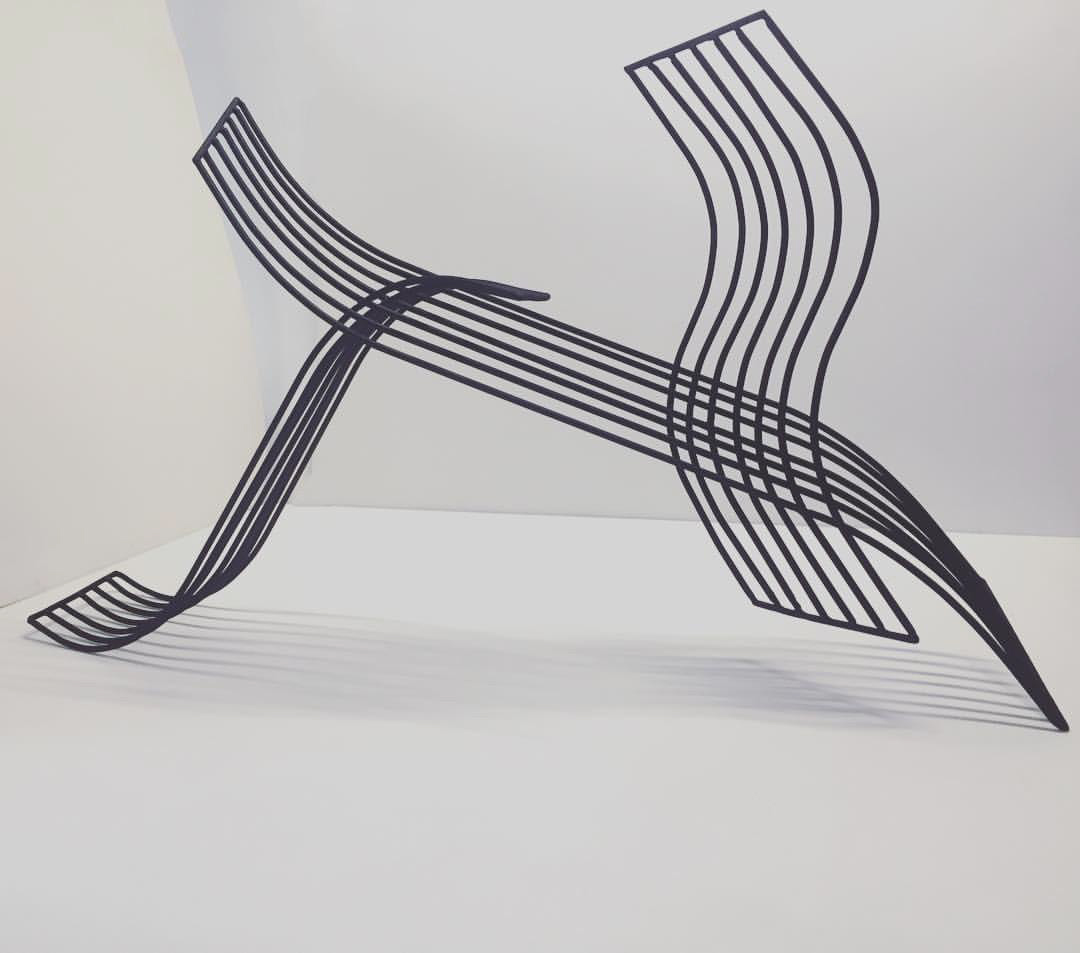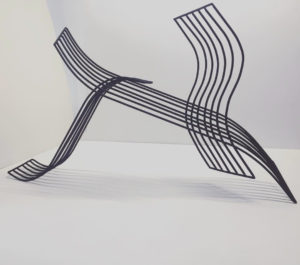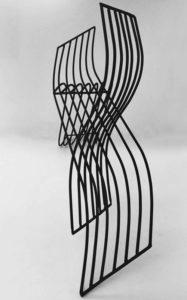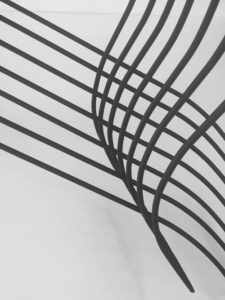Aleph; Elevating 2D to 3D
Creative 2020 / Finalists
Inspired by the Hayom Yom of 8 Adar Aleph
HAYOM HOM:
Shabbat 8 Adar I 5703
Torah lessons: Chumash: T’ruma, Shevi’i with Rashi.
Tehillim: 44-48.
Tanya: Ch. 28. Even if (p. 121)…of the L-rd. (p. 123).
The Alter Rebbe once summoned a young disciple of the Maggid and said to him in his customary chant: I have the mitzvah of “teach them to your children.” You have the mitzvah of sustaining and providing for your family. Let us make an exchange. I will give you what you need to fulfill your mitzvah and you will teach my son (who was later the Mitteler Rebbe).
Then the Rebbe explained the method of instruction: The first thing is to teach the letters, alef, beit and so on. What is an alef? A dot above, a dot below, and a line between this is an alef. A child must know that the alef of Torah is a yud above, a yud below, and a line of faith that joins them.
Another version: A yud above – this is the soul; a yid (Jew) below – this is the body; a line of yir’at Shamayim (fear of Heaven) in the center.
(translation taken from chabad.org)
Aleph
This sculpture is a three-dimensional interpretation of a two-dimensional letter, the Aleph. The first letter of the Aleph Bet, the first letter we learn, the first letter we teach. A foundational letter with many messages that filter throughout learning. I was inspired to take the Hayom Yom of 8 Adar Aleph and translate it into a modern sculpture. To me, faith is fluid with moments where we feel more connected and moments where it wavers or is challenged, but it is always present. An act that connects us to our creator and our creator connects to us. Thus, I created an interactive aleph that overlaps to form new shapes, highlighting the tender effect that faith has on our body, soul, and connecting us to our creator.
This is a metal sculpture that is 2 feet by 3 feet by 1.5 feet. It rests on 3 points and has one floating piece. Each of the three components has 7 curved rods that have the same flow but with different proportions. The 7 rods represent the 7 days of the week and mundane steps necessary for us to practically tap into faith. The shapes that appear in the overlap as you experience the sculpture from different angles are reflecting the effect that faith has; elevating our perspective, elevating our lives, elevating our relationship with Hashem.
A sculpture is viewed in the round and there is no wrong way to view it. However, a letter has one correct format because it is two-dimensional and when seen from behind it is backward. To tackle this, I thought about one of the translations that The Rebbe once explained about Aleph in a Sicha. When Aleph is written backward it spells “pelah” which means wondrous. It is a wondrous letter such as when it transforms “goleh” to “geulah” and so forth. It was a wondrous experience for me to bring this Aleph to life, and I hope it is a wondrous experience for each viewer as well.




